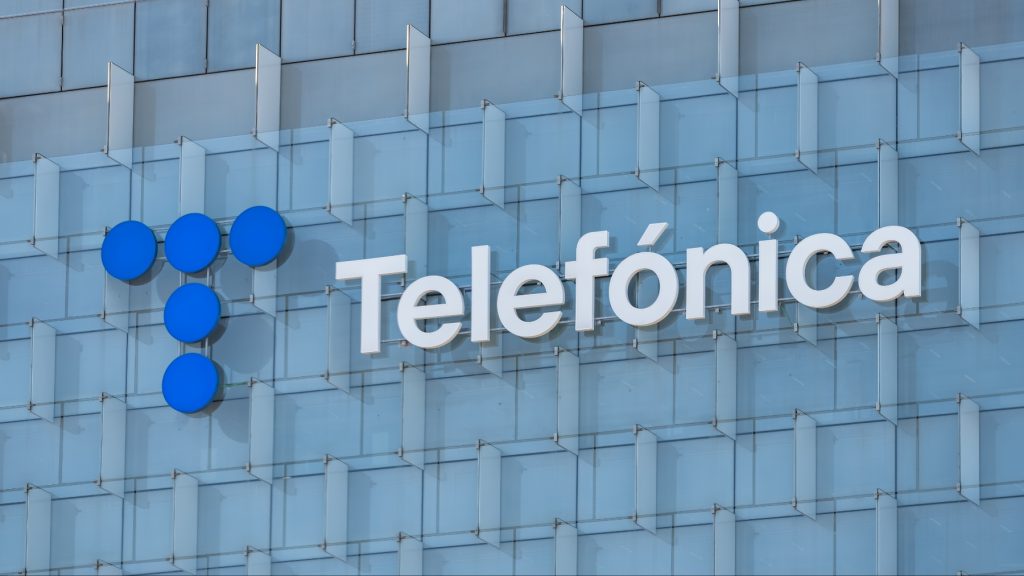
Telefónica and Nova Labs have teamed up to launch Helium-5G-powered mobile hotspots in Mexico, providing reliable network coverage to underserved areas.
- These hotspots are powered by a Helium 5G network and are cheaper to install and operate than traditional towers.
- Users can purchase and install Helium hotspots to provide coverage, earning cryptocurrency rewards in exchange.
Telefónica and Nova Labs have partnered up to bring Helium mobile hotspots to Mexico, providing reliable network coverage in underserved areas.
These hotspots rely on the Helium 5G network, a crypto-powered decentralized wireless network created by Nova Labs. Unlike traditional cellular networks that large telcos build and operate, the Helium 5G network is built and operated by its users. Anyone can buy a Helium 5G hotspot, install it in their home or business, and provide coverage for others. In exchange for providing coverage, the owners get cryptocurrency.
Through this collaboration, Telefónica and Nova Labs are bringing Helium mobile hotspots to Mexico City and Oaxaca, Mexico. The Telecom giant is the first telecom company to offer such hardware. And as a reward, hotspot hosts will earn crypto tokens on the Solana blockchain as incentives for contributing to the network’s coverage, based on a unique proof-of-coverage concept.
Now, to make sure everything goes smoothly, the hotspots are set up to recognize customers via their SIM cards. The telco can keep an eye on everything through a system that manages access to the network.
Jose Juan Haro, Telefonica’s Chief Wholesale and Public Affairs Officer, expressed the company’s commitment to exploring innovative, cost-effective, and cooperative-based solutions to expand coverage. The Mexico program is seen as a crucial step to evaluate the performance, customer satisfaction, and associated costs of this solution, with plans to incorporate it into their mobile network portfolio across the region if successful.
This will be a sort of trial run to see if it’s scalable and beneficial for both the users and the telco.
Talking with Decrypt, Nova Labs CEO, Amir Haleem that they “believe decentralized physical infrastructure networks (DePIN) bring enormous cost efficiencies, allow for deployments in locations that would otherwise be economically impossible, and allow communities to participate in building useful coverage for their friends and families.”
Telefónica has about 20 million customers in Mexico alone. So, if this technology takes off, it could put traditional networks on the back burner. Helium mobile hotspots are cheaper and take up less space than traditional towers. Its crowdsourced model significantly reduces infrastructure costs, meaning economically challenged areas would also benefit. Going down that path would provide underserved areas with much-needed connections.
Around 5-6% of the world’s population doesn’t have mobile coverage. This amounts to roughly 450 million people worldwide. That’s a lot, especially when you consider how reliant we’ve become on connectivity nowadays for almost everything.
If connectivity is made cheap, reliable, and available, could these underserved areas thrive?
Inside Telecom provides you with an extensive list of content covering all aspects of the tech industry. Keep an eye on our Telecom sections to stay informed and up-to-date with our daily articles.